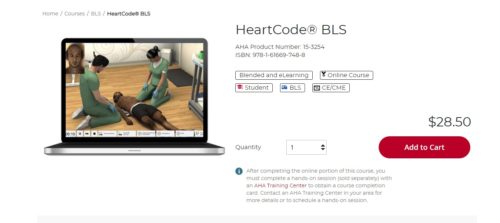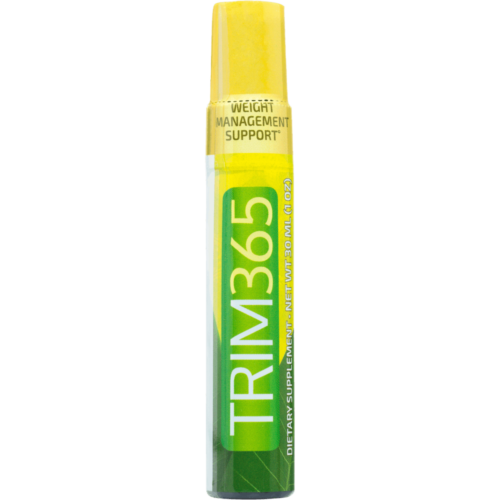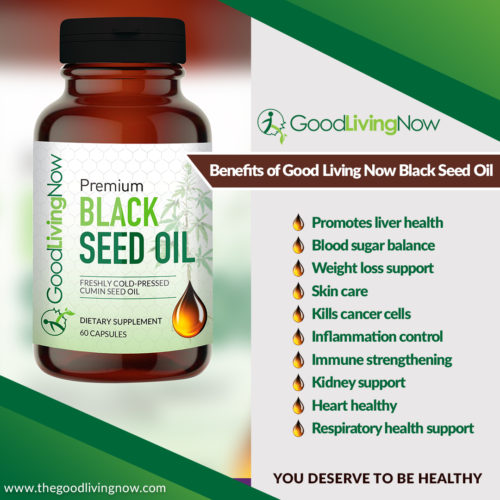Memberships: It’s All About the Numbers
TO MANY individuals in the fitness
industry, the word “sales” elicits
negative perceptions. In reality,
however, sales essentially involves
nothing more than providing a
worthwhile product, for which a
market exists — a needed service
or an exceptional experience that
fulfills a prospect’s wishes. Here is
an overview of the sales process.
The mathematics of
memberships
A thriving membership is at the
heart of every successful fitness
center. The challenge of sales is to
make sure that the facility’s membership
level continues to grow, thus
ensuring the overall profitability and
vitality of the club. According to the
International Health, Racquet and
Sportsclub Association’s (IHRSA)
2004 Profiles of Success, member fitness
centers had a net membership
growth in 2004 ranging from 3 to
6 percent. This profile also indicates
that most mature club operations
had membership growth closer to
3 percent. Figures 1 and 2 show that
most fitness centers have to sell
between 800 and 1,300 memberships
on an annual basis to succeed,
with some of the larger club operators
having to sell as many as 5,000
memberships annually.
What is most evident from these
figures is that, on an annual basis,
most fitness centers generate new sales
at a rate ranging from 28 to 54 percent
of their base membership. Fitness
centers have a pattern that requires a
high rate of membership sales. If, for
example, the mean number of total
sales for fitness centers larger than
60,000 square feet, which is 1,557
memberships, is used as a basis for
identifying the extent of the need to
sell memberships, and that number is
converted to a weekly sales rate, a facility
ends up having to sell 20 memberships
a week. If
the annual sales
ranges indicated
in Figures 1 and 2
are examined, the
average sales
required on a
weekly basis for
the majority of
fitness centers
would range from
a low of 10 to a
high of 30 sales
per week. Facilities
in large chains
often have to sell
an average of 100
memberships per
week. A highperforming
sales person will,
on average, make
approximately 10
membership sales
a week. In other
words, most fitness
centers will need at least two full-time
membership sales people. In fact, highsales-
volume clubs will often need as
many as 10 membership sales people.
Obviously, sales are most definitely a
numbers game.
The membership sales
continuum
Membership sales involve three
distinct stages: identifying leads,
qualifying prospects and closing
the sale. Each of the stages is like a
filtering screen, with the number of
people at each stage being screened
until it becomes a smaller population
with better qualifications for
membership. As Figure 3 indicates,
the sales process can begin with
100 leads who develop into 30
prospects, which results in 15 sales.
For example, a fitness center that
requires 20 new memberships per
week would need to generate a total
of 130 leads and 40 prospects
weekly. When examined in this perspective,
the sales process requires a
large reservoir of leads in order to
produce the required level of membership
sales. While the percentages
tend to vary from market to market
and club to club, the average fitness
center can expect to convert 20 to
50 percent of its leads to prospects,
and 20 to 80 percent of its prospects
into actual members.
Numbers don’t lie
Membership sales are a byproduct
of a disciplined business practice
that requires a detailed system
of checks and balance. While a
variety of ways have been used
over the years to sell memberships
(some more successful than
others), the bottom line in every
situation is how many memberships
are actually sold.










































































